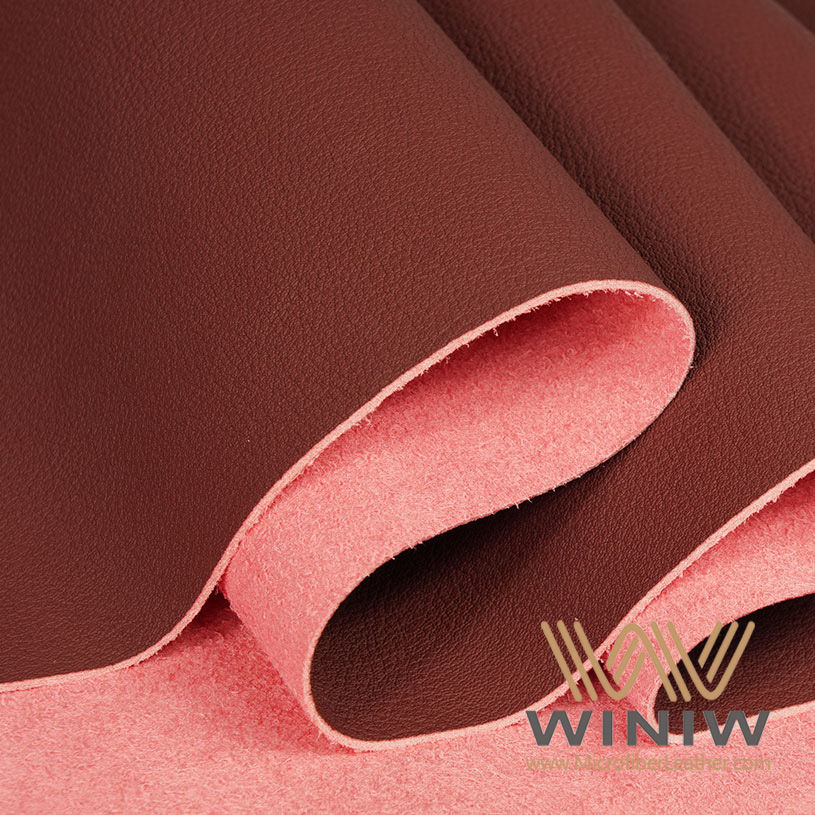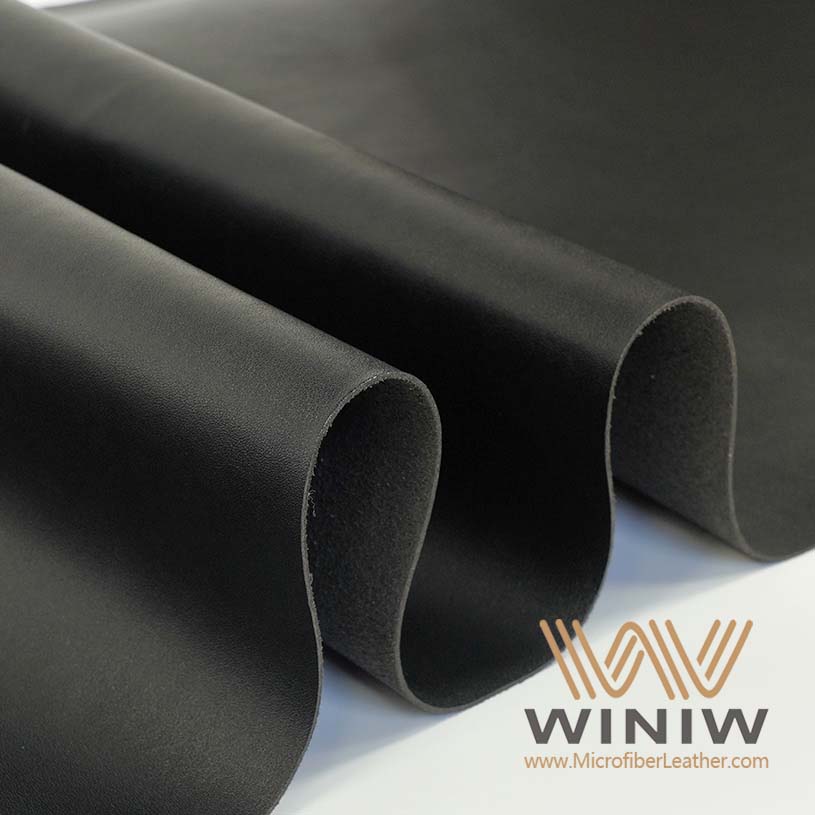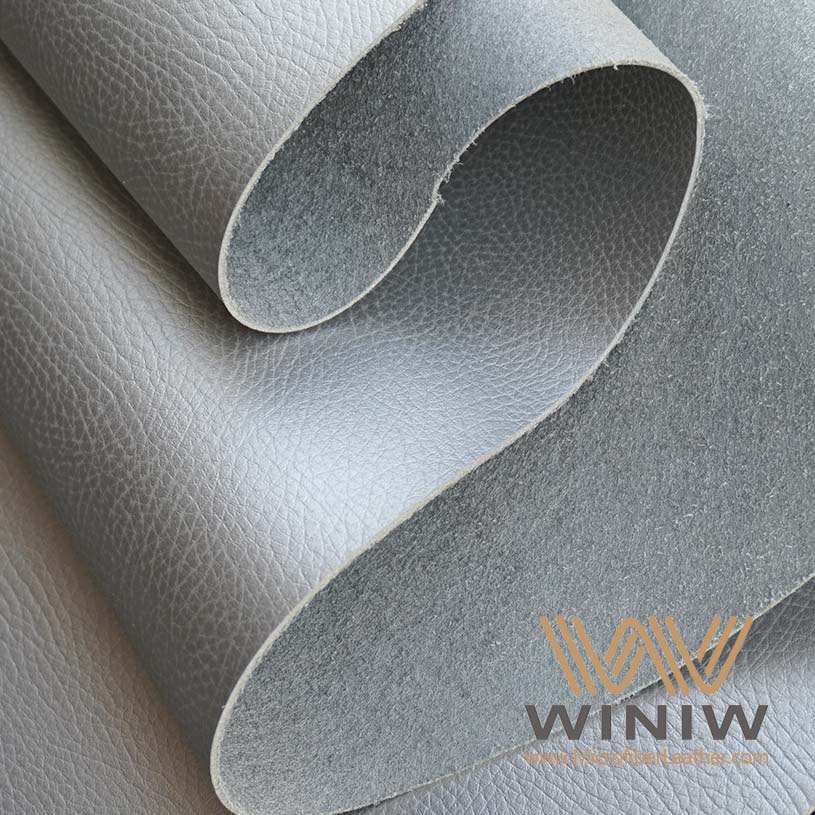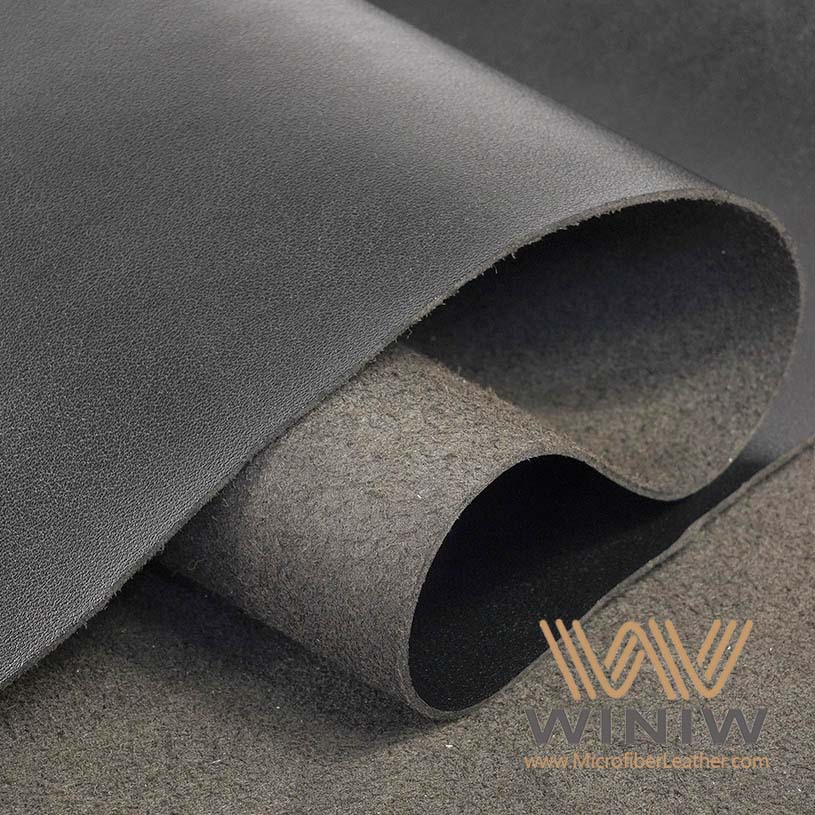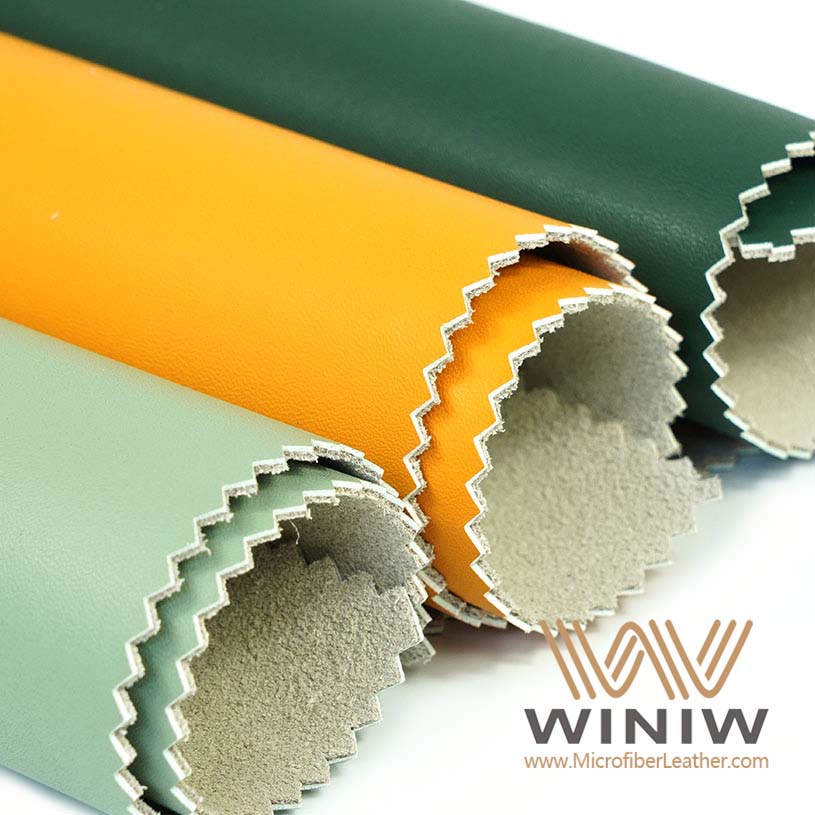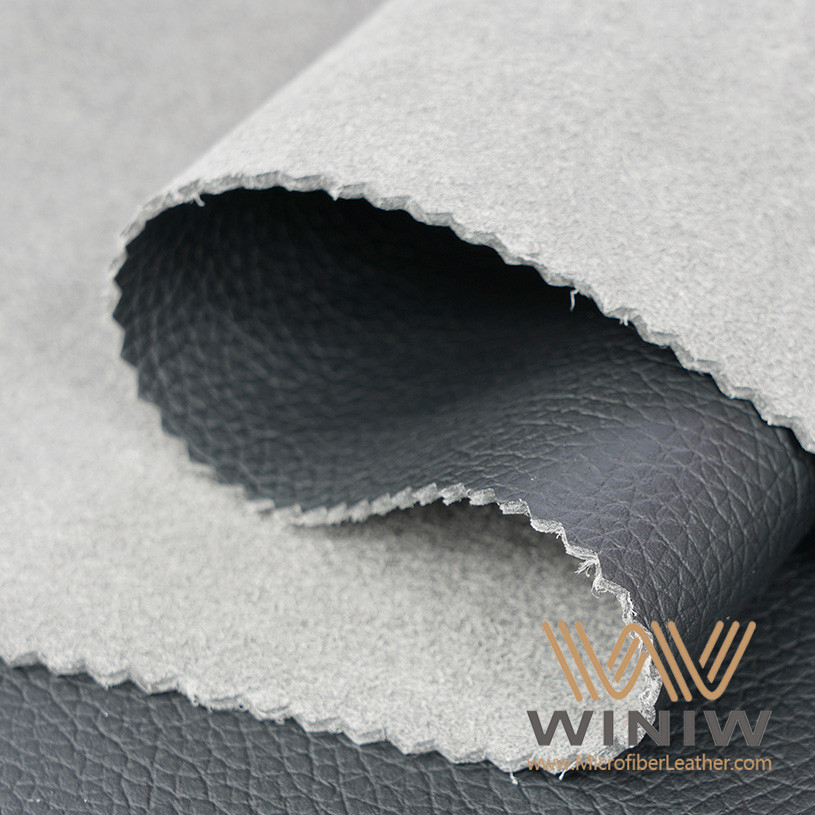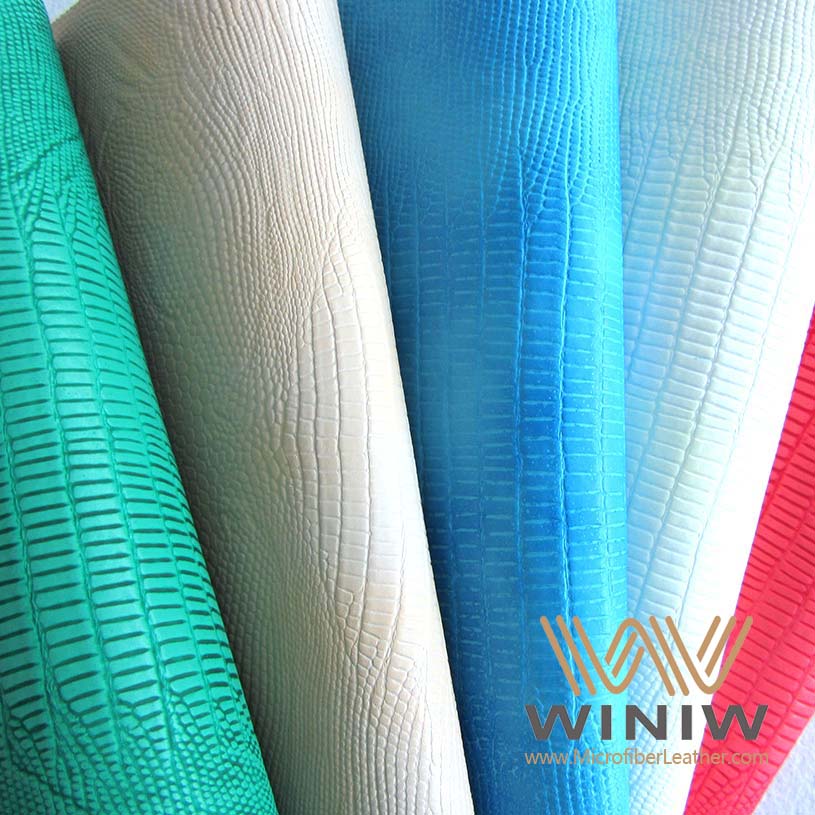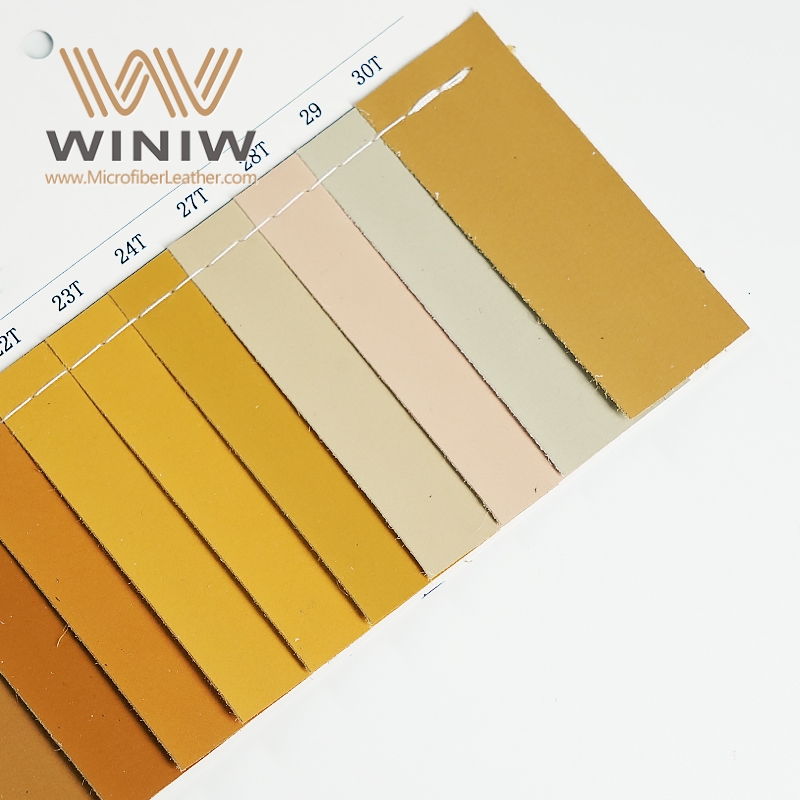¿Cómo se distingue el cuero?
Jul 15, 2022
¿Cómo distinguir tantos tipos de Cuero? Hoy te enseñaré a distinguir.
Cuero tipos de cuero tienen similitudes en apariencia y estructura interna, como piel de caballo y piel de vaca, piel de ganado y piel de yak, piel de burro y piel de oveja, piel de canguro y piel de becerro, etc. Con la mejora de la tecnología de procesamiento de cuero, el cuero puede ser más allá del reconocimiento después del acabado, la decoración y el gofrado de imitación. Se tapan algunos de sus rasgos originales, y luego tras el corte, segmentación y costura exquisita, es casi difícil identificar a simple vista a qué tipo de piel pertenece. Con el fin de obtener ganancias, algunos fabricantes aprovecharán las similitudes en la apariencia de diferentes cueros para robar vigas y cambiar pilares o adoptar métodos coincidentes en la producción, como usar piel de caballo como cuero de vaca, piel de yak como cuero de vaca, burro pieles como piel de borrego, etc. En los negocios también es común colgar el logo de “cuero genuino” o “cuero vacuno” en los productos de cuero. Para promocionar sus propios productos, los vendedores individuales no hicieron una presentación detallada, lo que resultó en una selección y compra incorrectas por parte de los clientes.
Estos son algunos métodos comunes de identificación:
Comparación entre cuero de vaca y cuero de caballo: los poros en la superficie del cuero de vaca son redondos y se extienden directamente en el cuero. Los poros son apretados y uniformes, dispuestos irregularmente, como estrellas en el cielo; Sin embargo, los poros del cuero de caballo son ovalados, más grandes que los del cuero de vaca. Están inclinados en el cuero en forma de vena y dispuestos regularmente. La superficie del cuero es suave y suelta, y el color es tenue y brillante, que no es tan bueno como el cuero de vaca.
Comparación entre piel de bovino y piel de yak: la piel de bovino tiene poros finos relativamente simétricos, mientras que la piel de yak tiene poros relativamente gruesos y escasos.
Comparación entre piel de oveja y piel de burro: la piel de oveja tiene poros de escamas de pescado y se siente mejor que la piel de burro. En los últimos años, con el aumento del conocimiento de la gente sobre las propiedades medicinales de la piel de burro, la piel de burro rara vez se usa en bolsos.
En comparación con la piel de cerdo, la piel de vaca tiene poros finos y densos, disposición irregular y cuero liso; Los poros de la piel de cerdo están dispuestos en forma de triángulo y la corteza está suelta.

